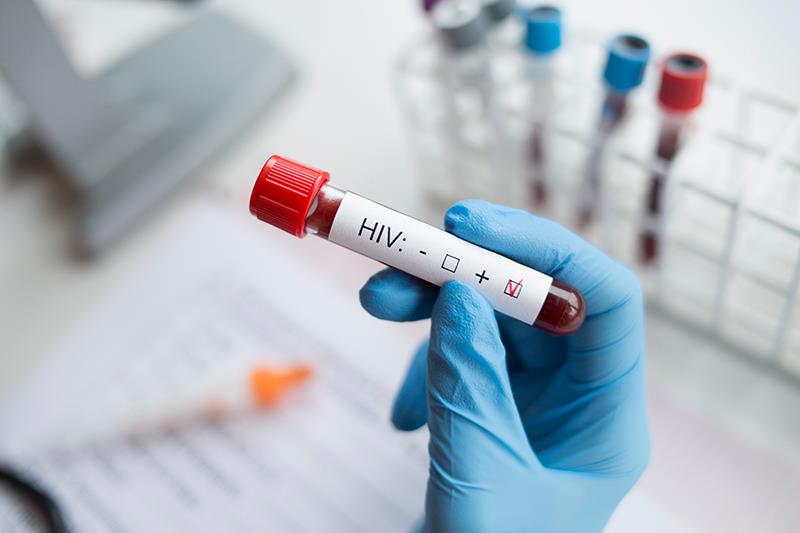
A recent study has noted the excellent specificity and negative predictive value of FIB-4 and nonalcoholic fatty liver disease (NAFLD) fibrosis score (NFS) in diagnosing advanced fibrosis (AF, bridging fibrosis or cirrhosis) among people living with HIV (PWH).
Both FIB-4 and NFS can be used to screen PWH and excluded those with AF who do not need further testing, such as liver stiffness measurement (LSM), or referral to a hepatologist.
Researchers prospectively obtained data on adult participants of two National Institute of Health-sponsored HIV NAFLD networks, all of whom had HIV on antiretroviral therapy (ART) ≥6 months with HIV RNA <200 copies/mL. People with viral hepatitis, other liver disease, excessive alcohol use, or hepatic decompensation were excluded.
The research team also conducted vibration-controlled transient elastography for LSM. They then compared AF defined as ≥11 kPa with FIB-4 (<1.3 and >2.67) and NFS (<‒1.455 and >0.675) at predefined thresholds.
Some 1,065 participants (mean age 51.6 years, 74 percent male, 46 percent Black) were included in the analysis, of whom 34 percent were overweight (BMI 25‒29 kg/m2) and 43 percent had obesity (BMI ≥30 kg/m2). Metabolic syndrome features, such as hypertension (48 percent), hyperlipidemia (35 percent), and type 2 diabetes (17 percent) were common.
The median CD4+ T-cell count was 666 cells/mm3, and 74 percent of participants had undetectable HIV RNA. The duration of HIV-1 was 17 years, with the majority of PWH taking a nucleoside reverse transcriptase inhibitor (92 percent) and an integrase inhibitor (83 percent).
The mean LSM was 6.3 kPa. Of the participants, 6.3 percent had AF. The area under the receiver characteristic curves to identify AF were 0.70 for FIB-4 and 0.75 for NFS.
Both had high negative predictive values (97 percent to 98 percent), while the sensitivity at low threshold and specificity at high thresholds were 64 percent and 97 percent for FIB-4 and 80 percent and 96 percent for NFS, respectively. Neither of the two at either threshold exhibited good positive predictive value to detect AF.